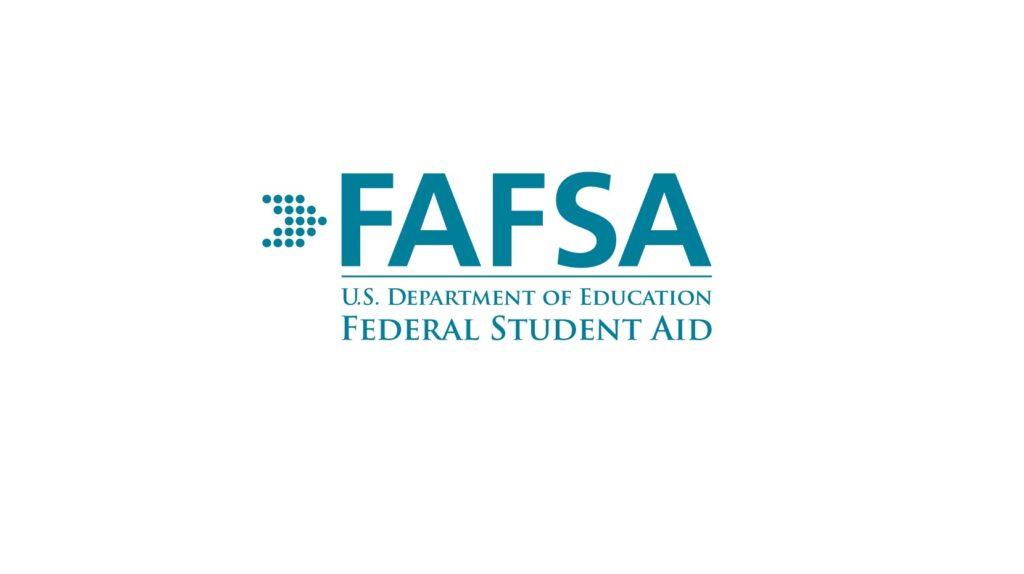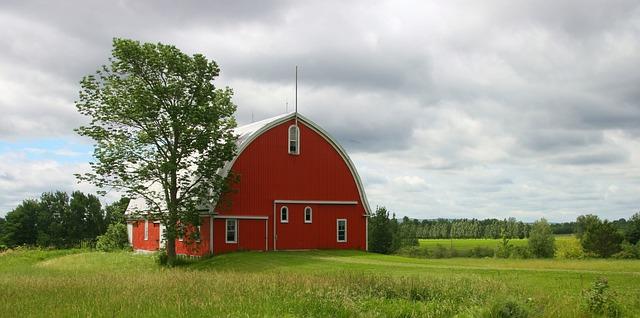2024/2025 FAFSA for Farm Families
There have been changes to the 2024/2025 FAFSA that may affect farm families. Farm families need to be aware of these changes.
In some cases, students of farm families may receive more student aid, but in others, students that would have gotten financial aid previously may no longer be eligible.
What is the FAFSA?
The FAFSA, otherwise known as the Free Application for Federal Student Aid, is a form that college students must fill out online in order to receive federal financial aid. Some types of federal aid include: The Pell Grant, interest deferred loans, low interest loans, and work-study grants.
One of the main changes affecting farm families for 2024/2025 is that dependent students from farm families must claim the total net worth of the farm as an asset. Previously, farms with less than 100 employees were exempt from this requirement.

How Aid is Determined
How much federal financial aid a student receives is calculated by the FAFSA score, now known as the SAI, Student Aid Index. (Previously, it was called the Expected Family Contribution or EFC.) This score is derived from parent income and assets and student income and assets.
The higher the income and assets, the higher the score, and the higher the score, the less aid a student may receive. If income and assets are above the maximum allowable amount for the number of members in the household, the student is no longer eligible for aid. And, on the other end of the spectrum, students below the income threshold, which is based on a percentage above poverty level, qualify for the full amount of the Pell Grant.
In other words, once income and assets are calculated, if the amount is above the maximum allowable, the student will not qualify for any aid. But if the student and parents have an Adjusted Gross Income (from their tax forms) below the stated amount for the number in the household (called the threshold), even though they have to fill in the net value of the farm, neither that or the income are counted, and the student automatically gets the full amount of aid available for the year.

Since students from farm families have to list the net worth of the farm as an asset, it means that the SAI will be higher, qualifying the student for less aid, or possibly no aid. There are some exceptions, which will be outlined below. AND if the Adjusted Gross Income is below the threshold, as stated above, this does not apply.
The No Asset Rule - Not Available if Filing Schedule F
Parents of dependent students who make less than $60,000 in income who do not file Schedules A, B, D, E, F, or H do not have to include assets. But since most family farm owners do file a schedule F, it means that even if a farm family makes less than $60,000, they have to list the farm’s net worth as an asset. And yes, to clarify, they also have to list the farm’s net worth if they are above $60,000.
Explaining the Threshold
For lower income farmers, there is good news though. As stated above, if the Adjusted Gross Income of the family is less than the threshold amount, even though assets have to be entered, they are cancelled out. Again, if families make less than the amount of the threshold, which is based on the number of individuals in the household, assets will still have to be added, but they won’t be counted. In fact, income won’t be counted either. The student will receive the full amount of aid. For a family of 4 this threshold is $48,563.00. So, if the Adjusted Gross Income is less than that figure, no matter how much the farm is valued at, the student will still get full aid.
Other Exceptions
There are also some other exceptions that will give a student the full amount of aid. Those are if a family received a means tested federal benefit in the past two years, or if the family is extremely low income and does not have to file taxes.
Family Residences are Not Considered Assets Regardless of the Value - Unless They are Used for Farming or a Business
Family residences are not considered an asset. So, even if a family owns a multi-million-dollar home, they do not have to list either the house, the land adjoining it, or any outbuildings as assets, unless, of course, they are used for farming or a business making over $2000 per year. Likewise, farm families do not have to count their residence or adjoining land or outbuildings IF, and only if, they are not used in any way for their farm.
The Good News and the Bad News
The new system does allow families to make a higher income and have more assets and still qualify for financial aid. This may actually allow some students to obtain financial aid that could not get it before.
However, here’s the problem. Families that live on generational farms that are paid off and may have a high net value, and who make an Adjusted Gross Income above the threshold, yet below the cut off for financial aid, who would have qualified otherwise, may find that they do not now qualify due to the new requirement for the valuation of the farm. This means that there may be students from farm families that previously received financial aid, or who would have qualified for it under the previous guidelines, who are no longer eligible.
But that’s not the only problem. Many colleges and universities use the score from the FAFSA to determine eligibility for need-based scholarships and aid through the learning institution. This means that if students from farm families don’t qualify for federal financial aid, they will possibly be cut out of these types of scholarships and grants as well.
Some schools offer a special scholarship for middle income families that give the student the full amount that they would have gotten from the Pell grant if they were lower income. Farm students that would have qualified under the old guidelines, may not qualify for this scholarship simply because of the new farm asset rule, while their peers whose families have the same income but do not own a farm or a business, receive scholarships that can total up to $6000 to $7000 per year.
Don't Panic Until You Know How it Affects You
While the situation is not cause for alarm for all farm families with college students, it may prove significant for some.
Farm families with students in college, or high school students planning to go to college, are encouraged to do their research on these FAFSA changes.
There has been legislation that has been introduced to try to fix this problem, but it has seen little traction.
Before panicking, we recommend that you check with your accountant and research all of the guidelines because, again, this change will not adversely affect all farm families.
Additional Notes
*The 2024/2025 FAFSA income amount comes from the 2022 tax year.
*The “income” portion of the FAFSA is the Adjusted Gross Income. All itemized deductions (or the Standard Deduction) and any farm costs for the year which are deducted through the schedule F are taken out of any earned income to determine the Adjusted Gross Income. If your farm took a loss it will lower your Adjusted Gross Income.
*When calculating your total Farm Net Worth, you are expected to assess the value of the farm based on your property tax records, and then add the value of your equipment, livestock, and other assets. (You will often find this information in records you keep for taxes and depreciation.) Then, deduct any costs for mortgages and other loans to determine the Net Worth.
*Pre-taxed contributions to employer retirement plans do not count as income.
*In addition to the Net Value of the farm, parent assets that need to be added to the FAFSA include: checking, savings, CDs, brokerage accounts, 529 or college savings plans, and equity value of second properties.
*If the SAI is $0 with the parent’s income and assets, income and assets of the student will not raise the SAI. It will stay at $0.
*Students can make up to $9400 for the year without counting it as income on the FAFSA. Student assets include: bank accounts, CD’s, and brokerage accounts. Only 50% of student income and 20% of student assets actually count toward the FAFSA SAI. But you would put the full amount on the form.
*The FAFSA only counts 40% of the Farm Net Worth reported on the form as an asset to determine the SAI, but you would include the full value on the form.
